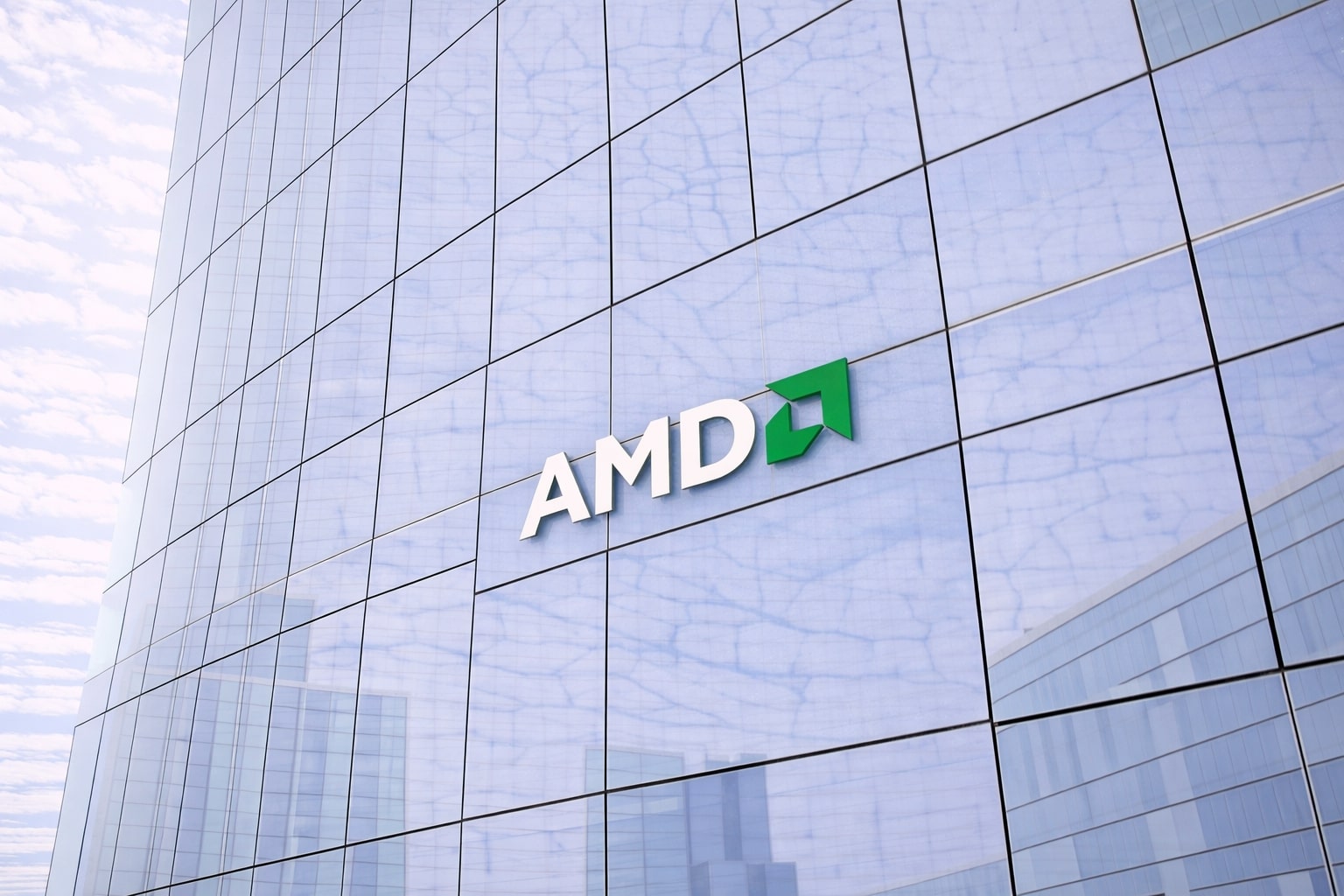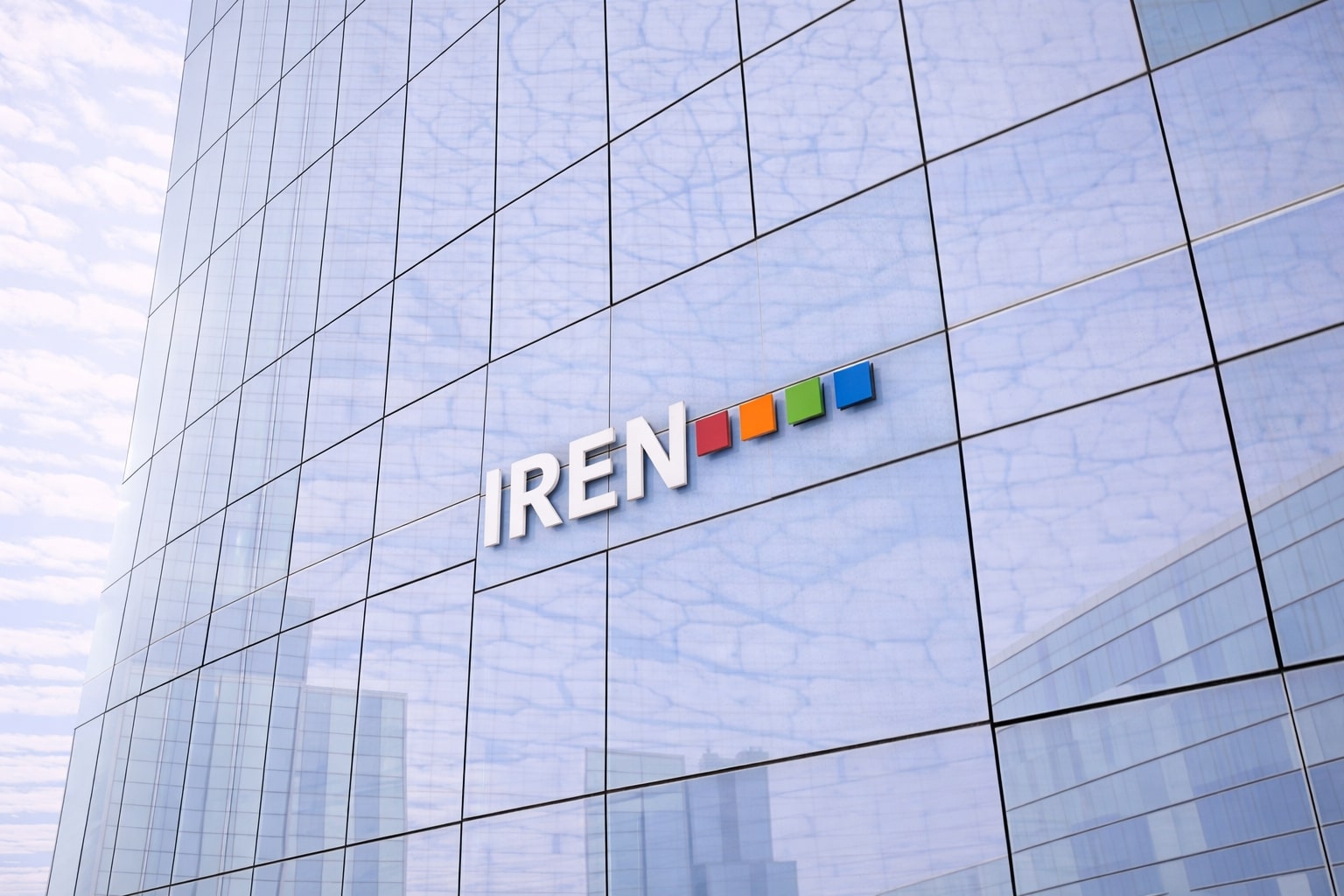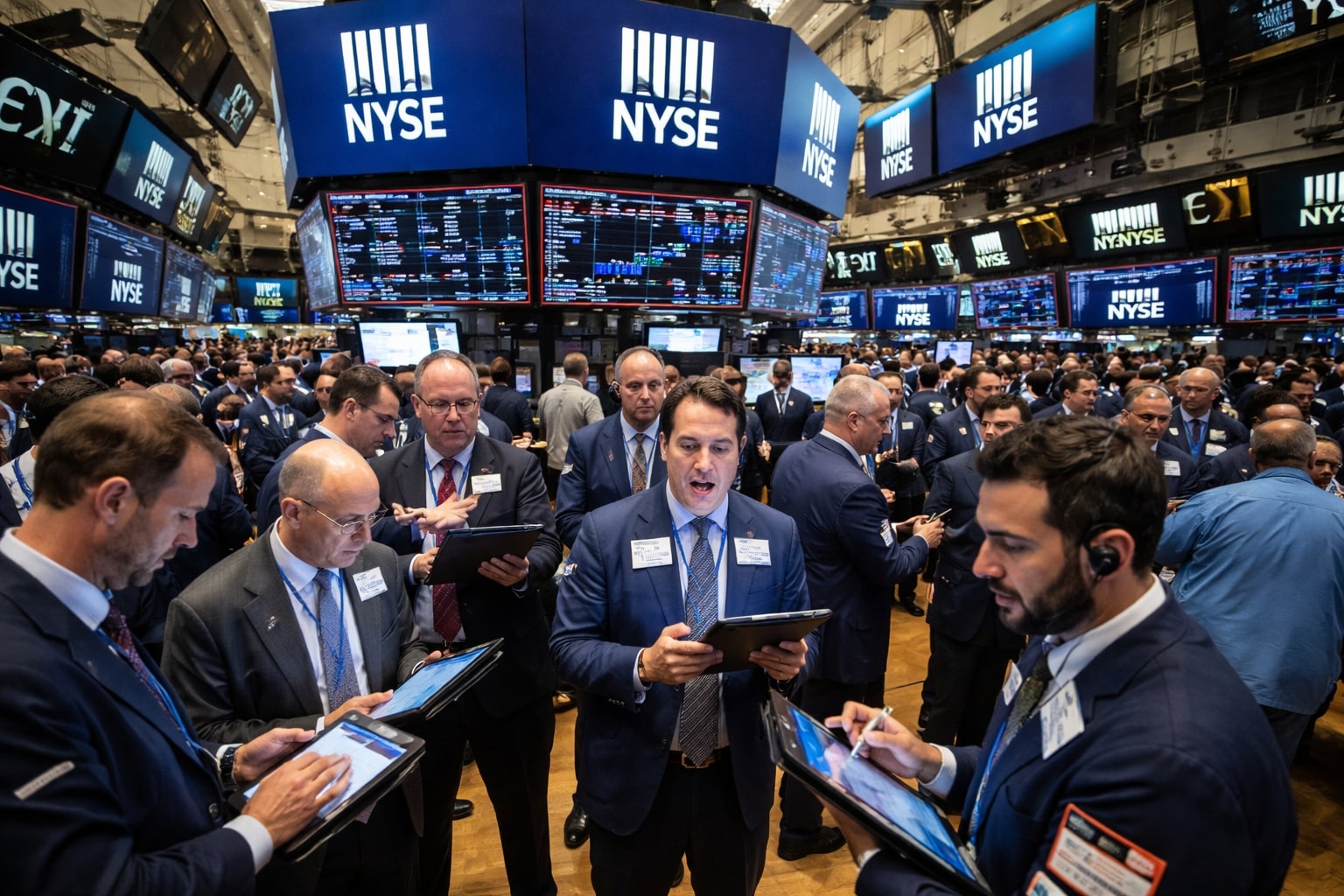
Stock Market : NVDA, AMD Surge Premarket, Dow Trails
ASML slides on 2026 warning, gold steady, banks split on earnings, CPI and tariff shock drive volatility before Tuesday's stock market open | That's TradingNEWS
Nasdaq and S&P 500 Resilience Clashes With Dow Weakness
The S&P 500 slipped 0.40% to close at 6,243.76, despite intraday highs that flirted with fresh records. The Nasdaq Composite (COMP) managed a modest gain of +0.18%, ending the session at 20,677.80, largely buoyed by NVIDIA (NVDA) and AMD (AMD) after both firms signaled resumed sales of AI chips to China. Meanwhile, the Dow Jones Industrial Average (YM=F) lagged again, trading flat after a prior 400-point slide driven by disappointing CPI fallout and deeper concern about stretched valuations.
The rally lost breath despite catalysts that should’ve lifted equities further. JPMorgan's (JPM) trading desk explicitly called out the divergence, noting the combination of CPI data, earnings, and Nvidia momentum should’ve pushed the S&P 500 up at least 1%. Instead, broader indices appear to be entering a short-term digestion phase.
Rate Cut Bets Fade as Inflation Data Shifts Fed Expectations
June’s CPI report confirmed a 2.7% YoY increase, accelerating from May’s 2.4%, and core inflation remained sticky at 2.9%. The Producer Price Index (PPI) is due next and is expected to show further upstream pricing pressure.
This inflation uptick triggered a repricing of rate cut expectations. CME FedWatch data now puts September rate cut odds at ~50%, a sharp fall from the dominant consensus just weeks ago. Treasury yields surged in response: the 10-year yield (^TNX) approached 4.5%, while the 30-year (^TYX) breached 5%, its highest since early June.
Fed independence is now front and center. JPMorgan CEO Jamie Dimon warned about “playing around with the Fed,” underscoring market fears that Trump’s pressure on Chair Powell could upend policy stability.
Tariff Shockwaves Resurface: ASML, Tech Under Fire
Chipmaker ASML Holding (ASML) fell nearly 8% in premarket trade after cautioning that 2026 growth is now uncertain. The company cited macro and geopolitical headwinds—chiefly tariffs—as unpredictable risks. CEO Christophe Fouquet flagged a heightened level of uncertainty across the supply chain, while CFO Roger Dassen pointed to "direct and indirect" tariff impacts.
NVIDIA (NVDA) rallied +4.04% to $170.70, while AMD (AMD) soared +6.41% to $155.61, on news they’re preparing to resume H20 chip sales to China, following a green light from the Trump administration. Taiwan Semiconductor (TSMC) and Micron (MU) also posted gains as investors bet on stronger supply chain continuity.
Bank Earnings Mixed: WFC Misses, JPM and C Rebound on Investment Banking
JPMorgan Chase (JPM) reported a 17% YoY drop in net income to $15B, but after stripping a one-time gain from Visa shares last year, profits actually rose +9% to $14.2B. Investment banking revenue jumped 8% to $2.5B, driven by M&A and equity deals. Still, the stock slipped -0.74% as Dimon emphasized "significant risks," including trade disruption and elevated valuations.
Citigroup (C) beat expectations and rose +3.68% to $90.72, as investment banking fees climbed 13%, and consumer delinquencies stayed flat.
Wells Fargo (WFC), however, sank -5.48% to $78.86 after cutting its net interest income forecast for 2025, citing weak demand amid higher rates. The bank also flagged underperformance in bond markets and missed analyst targets. Despite that, WFC posted a 10% YoY gain in investment banking revenue.
Consumer Stress Flat Despite Tariff Overhang
All major banks, including JPM, C, and WFC, noted that consumer loan delinquencies remained flat, even as credit card balances grew. JPMorgan CFO Jeremy Barnum stressed that with unemployment steady at 4.1%, “it’s hard to see real weakness.” Wells Fargo CEO Charles Scharf echoed the tone, stating that consumer and commercial customers remain "fundamentally strong."
Still, bank executives cautioned that stress was disproportionately affecting lower-income segments. JPM noted higher stress in these cohorts while upper-income credit remained resilient.
Trump Trade and Retirement Shifts: Geopolitics Moving Markets
President Trump announced new tariffs—including a 19% duty on Indonesia, potential levies on semiconductors, and threatened 100% tariffs on Russia. He also hinted at pharmaceutical duties.
In parallel, Trump is signing an executive order to expand private asset exposure in 401(k) plans. This would direct the Department of Labor and SEC to issue guidance enabling retirement plans to invest more heavily in private credit and hedge funds. MFA CEO Bryan Corbett hailed this as a "historic shift" in U.S. retirement flexibility.
Gold Holds Firm Amid Policy Jitters and Trade Uncertainty
Gold (GC=F) rose +0.26% to $3,345.30/oz, rebounding as investors hedged against trade disruption and rate hike uncertainty. Bullion remains up over 25% YTD, having peaked above $3,500/oz in April. Central bank buying and ETF inflows continue to underpin demand.
Tight consolidation has kept gold stuck in a range for weeks, but new tariff volleys—especially against pharma and tech—could drive a retest of highs if inflation fails to cool.
Apple, MP Materials Link Rare Earth Deal in Domestic Shift
Apple (AAPL) rose modestly +0.23% to $209.11 after striking a $500M multiyear agreement with MP Materials (MP) to secure rare earth magnets for its U.S.-based supply chain. MP surged +22% on the news, as the agreement supports Apple’s larger $500B commitment to domestic production.
The deal comes amid Trump's pressure campaign on offshore manufacturing. Apple could face 25% tariffs on foreign-assembled iPhones, raising the urgency to localize key inputs.
BlackRock Crosses $12 Trillion AUM Milestone Despite Fee Pressure
BlackRock (BLK) reached an all-time high $12.53 trillion in AUM, up from $10.65T YoY. The stock declined -5.88% to $1,046.16, as performance fees fell 42.7% to $94M, and long-term net inflows dropped 9.8% to $46B. Despite weaker fixed income demand (outflows of $4.66B), equity products and AI-related flows kept asset growth on track.
Revenue increased 13% to $5.42B, while EPS jumped +16.3% to $12.05/share, beating expectations. Still, the market responded cautiously as fee compression and Treasury market volatility continue to cloud the fee outlook.
Verdict: Tech Bullish, Banks Diverging, Gold Cautiously Constructive
-
NVIDIA (NVDA): BUY – China chip sales and AI momentum put this back in breakout territory.
-
ASML (ASML): HOLD – Strong bookings, but tariff risk casts a long shadow.
-
AMD (AMD): BUY – Gaining upside alongside NVDA with China clearance.
-
JPMorgan (JPM): HOLD – Solid dealmaking, but valuation and Fed noise temper upside.
-
Citigroup (C): BUY – Beating earnings and gaining market share in IB.
-
Wells Fargo (WFC): SELL – Forecast cut + rate pressure = sustained drag.
-
BlackRock (BLK): HOLD – AUM record, but fee erosion and inflow slowdown create ceiling.
-
Apple (AAPL): BUY – Rare earth shift fortifies supply chain, tariff defense adds long-term moat.
-
Gold (GC=F): HOLD with upside bias – Caution warranted, but inflation/tariff hedging remains supportive.
The path forward hinges on inflation data, Fed resolve, and tariff headlines. Expect higher volatility into September’s Fed meeting and potential further divergence between high-multiple tech and rate-sensitive financials.
That's TradingNEWS
Read More
-
AMD Stock Price Forecast - AMD at $223: AI GPU Ramp, CES 2026 Catalysts and the Next Move for NASDAQ:AMD
03.01.2026 · TradingNEWS ArchiveStocks
-
XRP Price Forecast - XRP-USD Near $2 as Whales Add $3.6B and ETF Inflows Top $1.18B
03.01.2026 · TradingNEWS ArchiveCrypto
-
Oil Price Forecast: Oil Near $60 Weigh Venezuela Shock Against 3.8M bpd Glut
03.01.2026 · TradingNEWS ArchiveCommodities
-
Stock Market Today - Wall Street Opens 2026; Dow 48,382, S&P 6,858 on Chip Rally, Gold Boom and Bitcoin $90K
03.01.2026 · TradingNEWS ArchiveMarkets
-
GBP/USD Price Forecast - Pound Tests 1.35 as BoE Caution Meets Soft US Dollar
03.01.2026 · TradingNEWS ArchiveForex


















